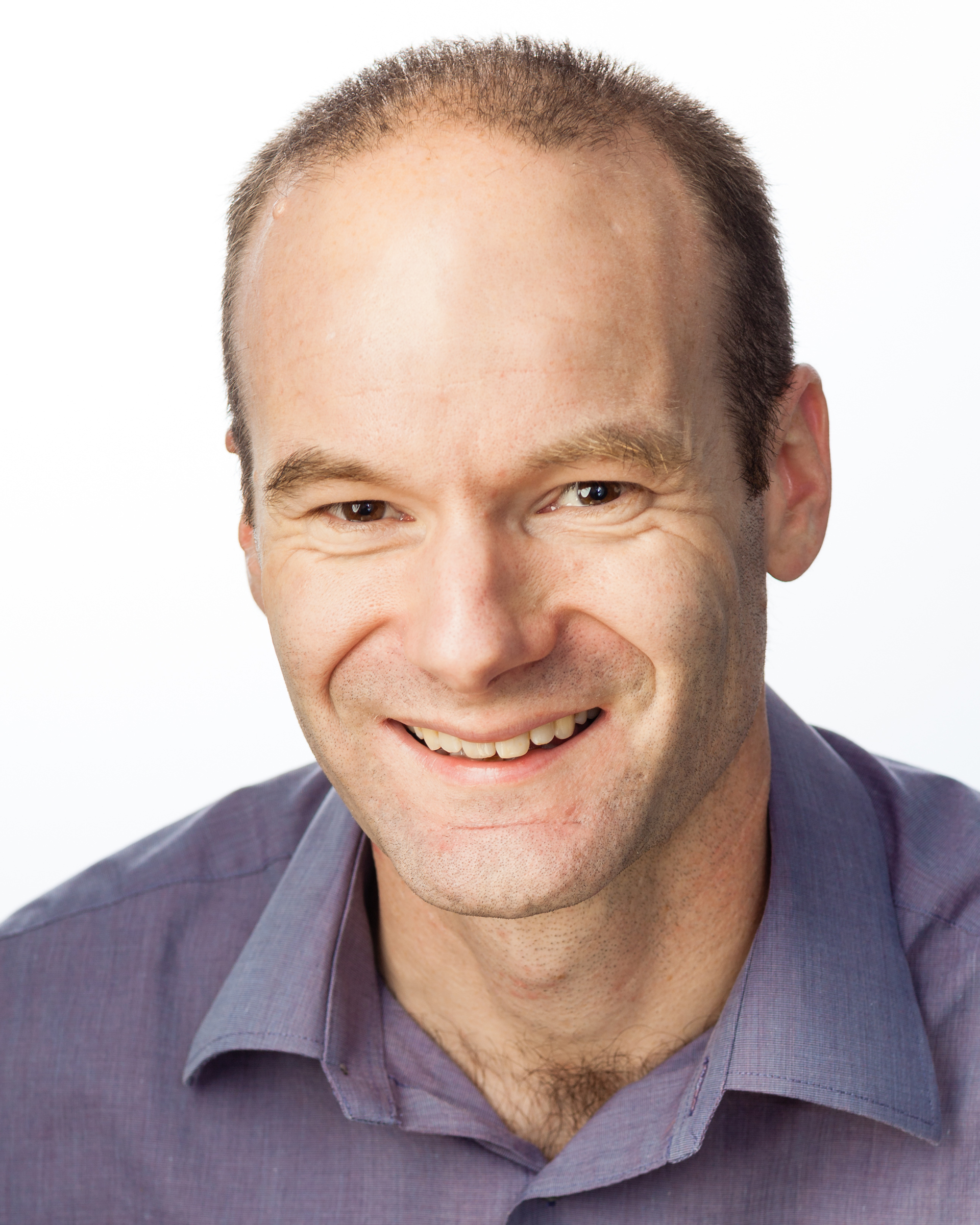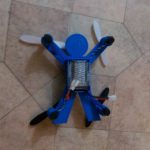
An Interview with Graham Dean
16 May 2022
Graham Dean is the Chief Technology Officer at RealityMine. He was the first software engineer to join the company in 2012, and helped build some of the first apps and server code. He now leads the R&D efforts to ensure RealityMine remains the technology leader in the industry.
Graham shares his memories from the early days of the company and how it has evolved since then, and his thoughts on the greatest accomplishment, biggest challenge and funny/scary stories over the last 10 years!
Take us back to those ‘early’ days. How has the company and your role evolved?
The company actually started off as a spin off from two other companies: a mobile first digital agency and a mobile survey specialist. The idea at the time was that an increasing proportion of people’s lives were being spent on their mobile device and being able to accurately measure and understand this behaviour would be crucial in the shaping of future products and services. I think it’s fair to say that the idea is still just as valid as it was ten years ago and I am excited for the opportunities that continue to lie ahead for the business.
A handful of the initial staff moved from these companies but we quickly began hiring specifically for the company that became known as RealityMine. We doubled in headcount that first year to approximately 12 people, and I’m pleased to say all of the customers we acquired that first year are still with us today, 10 years on!
Some things are much simpler when you only have 12 people to coordinate with. We had daily stand-ups in the office where all technical and operations staff would participate. Everyone knew exactly what everyone else was working on and processes would usually just involve talking to the relevant person and getting on with it. My role in particular involved much more hands-on coding than it does today. I was responsible for creating the initial version of the Android app and Windows server back-end. Thankfully smarter people have long since taken over responsibility of these areas and there is little trace of my code left now. In fact, we are just concluding a multi-year transition to remove all dependency on that Windows server technology, having replaced the monolith with various specialised and much more scalable cloud-based services.
Once the team began to grow, obviously there needed to be procedures, or at least accepted practices, in place for managing communications and a necessary division of staff into multiple teams. A key challenge then becomes how to keep those teams coordinated and avoid silos. This is something we’re always refining and improving on, and the increase in working from home since 2020 has added to its importance. We’ve taken a conscious decision to embed the processes from our ISO quality and security certifications into the fabric of the business, and for it not to be a hinderance or to add extra bureaucracy, but to actually help us improve and deliver as a business. This level of maturity would have been hard to imagine in the first year to two!
What do you see as the biggest accomplishments since you started?
As CTO, it’s tempting to point to particular technical challenges that have been overcome, but what I’m most proud of is how the company culture, the camaraderie and values have been maintained to retain the start-up feel and agility we started with. Although we have matured in terms of improved processes, we’ve equally kept processes as a light as possible and still offer lots of autonomy for individuals, empowering them to make the best decisions for our clients and our business. I think the low staff churn and that fact that a number of us are celebrating our 10 year term suggests we must be doing something right!
What has been the biggest challenge in the last 10 years?
That’s a hard one to pin down! I think the key area over the years has been around adapting to operating system changes quickly in order for our clients to maintain high quality data consistency. We have seen a huge increase in our scale of operation – from a few thousand daily active devices, to hundreds of thousands of daily active devices and huge geographic scope – all while the operating systems and devices have changed massively. Our first platform targeted Android 4 and iOS 5. If you look back on devices running those versions now, they are a long way from what we have today, particularly in terms of security and privacy, and the operating systems continue to evolve in notable ways every year. We also had versions of the app that ran on BlackBerry, Windows Mobile and Nokia Series 60 phones. During all this time however, we’ve continued to report our core metrics of app and web usage, among many other new data points now of course.
What is your favourite memory from the past ten years?
There are too many to just pick one! Some that immediately spring to mind:
Before moving to a cloud based data warehouse (now data lake) solution, our first data warehouse comprised of a PC under a desk, running a bunch of fast (but sadly unreliable) flash drives yet it still took over 24 hours to refresh and the process had to be baby sat. We didn’t necessarily have the budget for an enterprise data warehouse solution at the time and now it’s incredible to think that such infrastructure could be spun up on demand at a fraction of the cost.
 Another favourite memory involves a 3D printer we had for prototyping a hardware project. In some spare moments, I decided to print and build a quadcopter based on the RealityMine logo (at the time).
Another favourite memory involves a 3D printer we had for prototyping a hardware project. In some spare moments, I decided to print and build a quadcopter based on the RealityMine logo (at the time).
To my amazement, it flew pretty well and we even used it to help decorate the high branches on the office Christmas tree one year!
I would be remiss to not mention the many social activities and events: evenings out, go karting across the road at lunchtime, laser quest, table tennis tournaments, 10k run, dressing up for halloween, the monthly Town Hall competitions, Slack quizzes etc.
On the flip side, some of the more scary memories involved fixing performance issues on the live database as our user base was scaling up. We would be trying to bring down the backlog of incoming data before we ran out of disk space. Thankfully, we have much more scalable solutions now!


